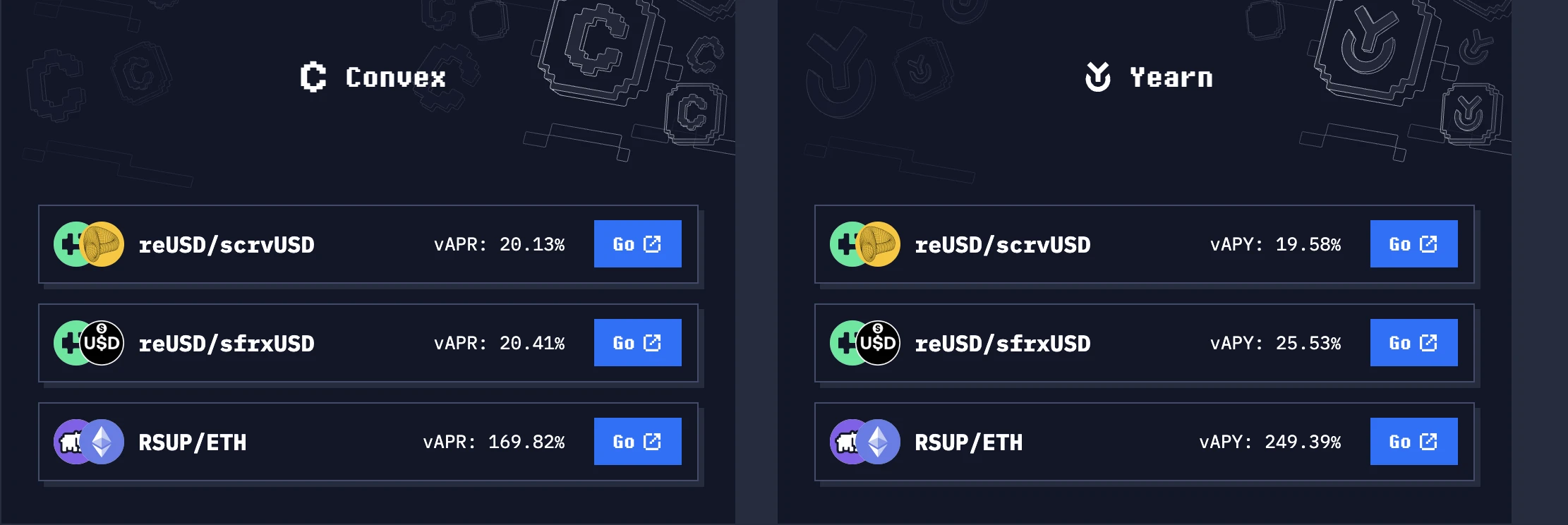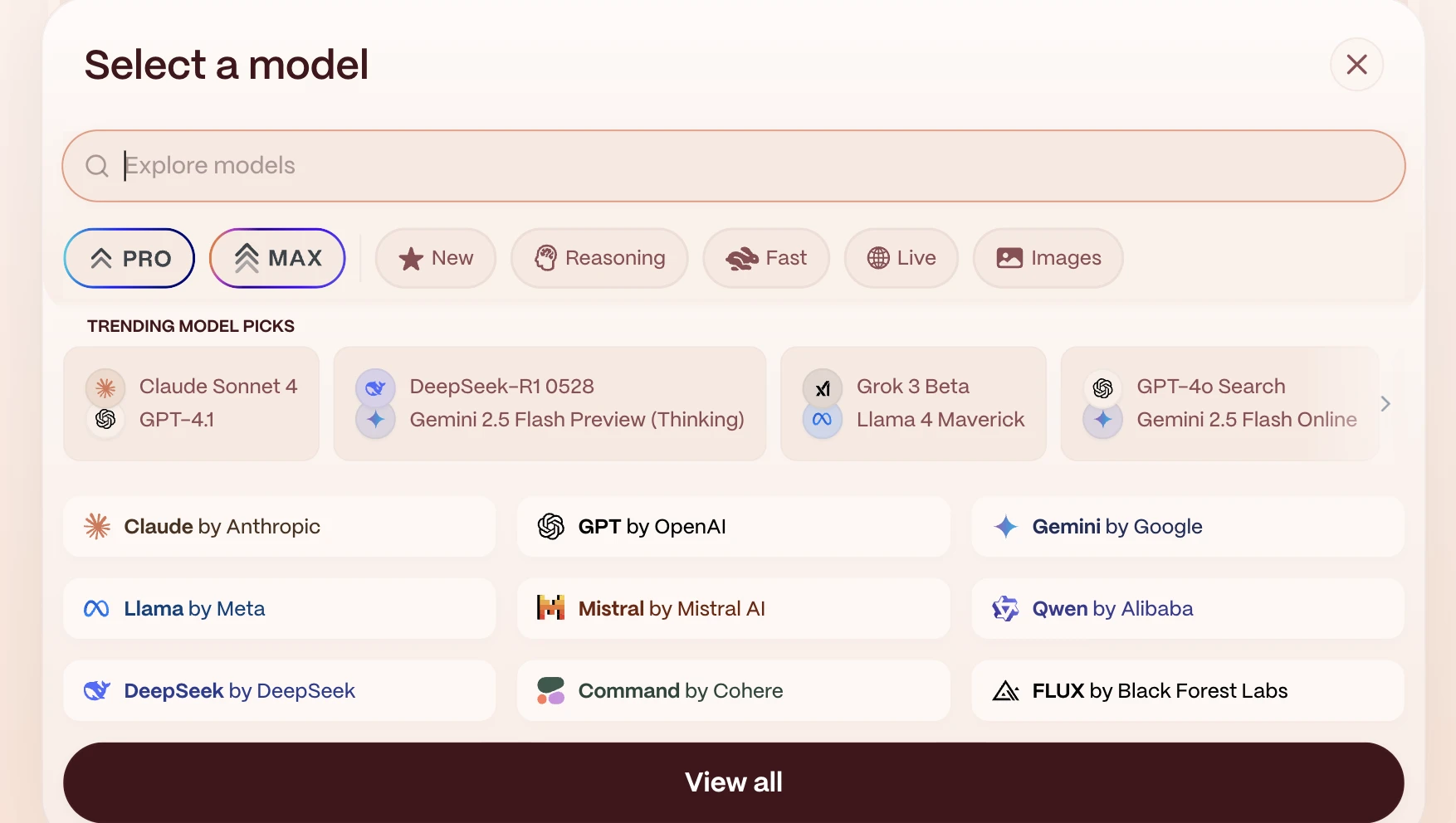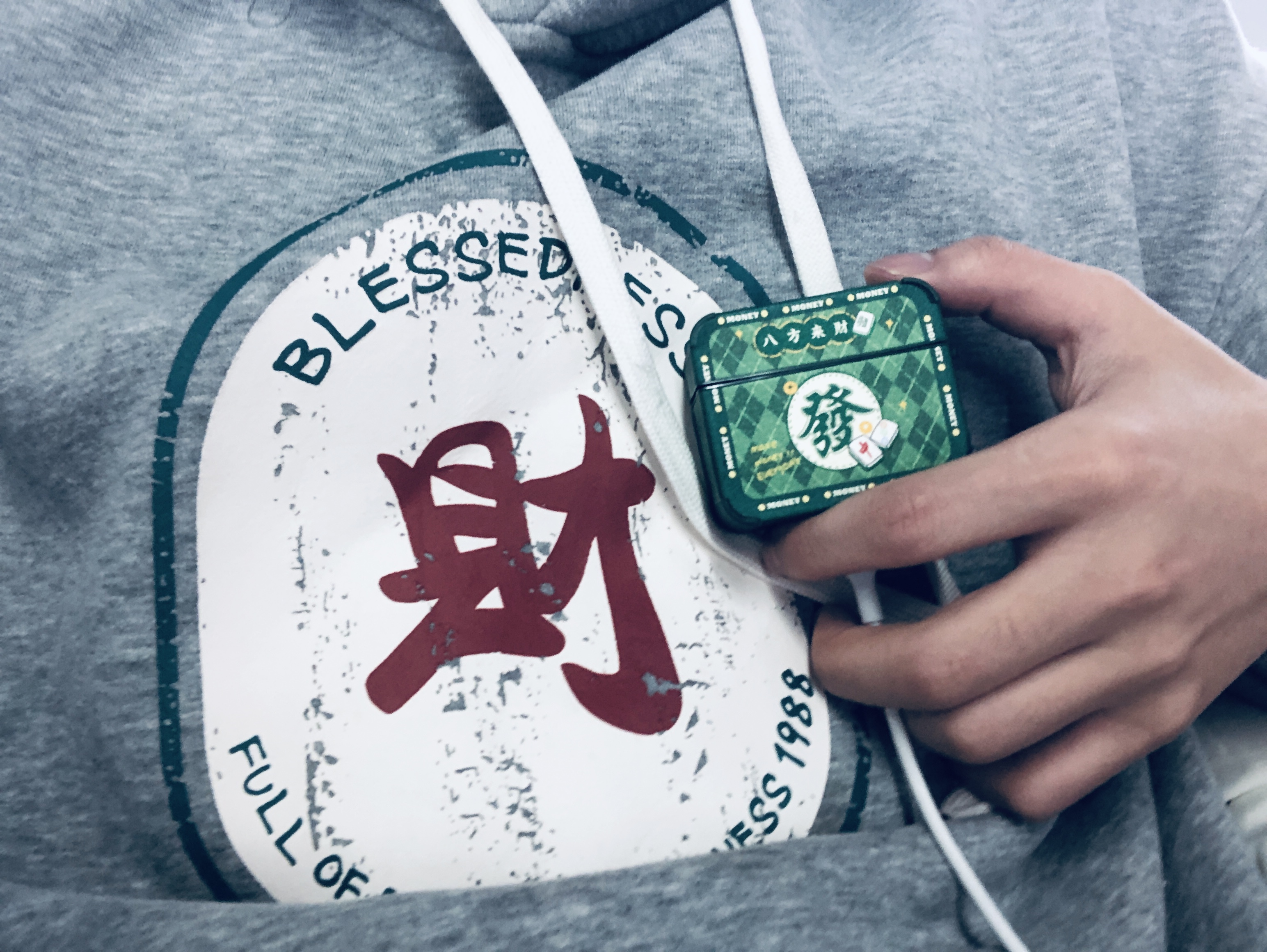Original | Odaily Planet Daily ( @OdailyChina )
Author: CryptoLeo ( @LeoAndCrypto )

The crypto world is once again affected by the Middle East war, and it’s time to withdraw money from contracts and put it into new projects. Many of the new projects recommended by Odaily Planet Daily have airdrop expectations. Participate early or you will get the protocol token airdrop.
1. Felix
Introduction: Felix is a synthetic USD stablecoin protocol (feUSD) on Hyperliquid L1. It was launched on the mainnet on April 8. Users can deposit HYPE, PURR, and BTC, ETH, SOL cross-bridge versions as collateral to mint USD stablecoin feUSD. feUSD can be used for transactions, savings, or payments. Currently, the project has collateral assets of 150 million US dollars.

How to participate: In addition, Felix also provides the Earn function, where users can deposit feUSD in its stable pool to earn income. Each vault corresponds to a specific collateral asset (HYPE, UBTC ), and depositors will receive 75% of the interest generated by the debt they support in exchange for participating in automatic liquidation. Therefore, vault deposits can obtain feUSD income and liquidation profits denominated in collateral, and can further realize the compounding automation of liquidation income.
Felix also has a points system, where you can get extra points by trading and inviting users (the current points ranking continues to 1307, which means that there are not many participants). If necessary, you can click on my invite link to participate.
2. Resupply
Introduction: Resupply is a decentralized stablecoin backed by collateralized debt positions (CDPs) that leverages the liquidity and stability of the lending market to earn returns. It is a sub-DAO protocol supported by Convex Finance and Yearn.
How to participate: Users can choose crvUSD/frxUSD provided by Curve Lend/Fraxlend market, deposit it into Resupply official website, and borrow reUSD. Users can also conduct leveraged operations to cycle borrowing and depositing to ensure more reUSD is borrowed.
Depositing reUSD into the insurance pool to maintain protocol security will earn you part of the protocol revenue and RSUP token allocation;
You can also deposit some tokens into Convex Finance and Yearn to provide liquidity and earn high APY.

3. Meridian
Introduction: Meridian is a DEX and staking protocol built on Movement.
How to participate: You can improve your ranking by increasing swap trading volume. Currently, Docs has no information about airdrops and tokens, but its ranking interface has an Eligibility column, which may represent eligibility for future airdrop rewards.

Currently, the APR of the first three pools of this protocol exceeds 20%, as shown in the figure below.

4. Vest
Introduction: Vest is an on-chain contract DEX built on the zkRisk pricing engine tool. zkRisk continuously monitors the individual positions, account balances, and systemic risks of all products in the Vest ecosystem and dynamically adjusts pricing. It can prevent market manipulation and violations, ensure stable, predictable liquidity, reduce hidden transaction costs, prevent socialized losses, and automatically deleverage, which are extremely important for Perp DEX.
How to participate: Vest currently supports Arbitrum One, Base, Ethereum, OP Mainnet, Polygon and ZKsync Mainnet. Users need to deposit money through the network to trade, and the maximum leverage supported is 50 times. The platform launched the Vest Points Season 1 event in March to reward early adopters and active traders. Points will be issued based on user transactions and LP.
In addition, users can also obtain points through referral codes, which can be obtained after depositing the referral code.
5. Plastic Labs
Introduction: Plastic Labs is an AI identity solution dedicated to solving personal identity problems for artificial intelligence. Previously, in April, it announced the completion of a $5.35 million pre-seed round of financing, led by Variant, White Star Capital and Betaworks. Currently, Plastic Labs has launched three products, namely:
Honcho: A personalized platform for AI applications, currently in the private server stage;
YouSim: An open CLI (text adventure) game, now open source, that allows users to play the game as anyone.
Bloom: A theory of mind-based AI learning companion, open sourced as Tutor-GPT, will be rebooted soon.
How to participate: The three projects can only be used as a way to experience AI. There is a high probability that no tokens will be issued or airdropped, but AI can be trained to assist in trading and analysis, or used as a casual game.
6. cap
Introduction: Cap is a stablecoin protocol that previously completed a $11 million seed round of financing in April, led by Franklin Templeton and Triton Capital.
Those who are interested can read: From human decision-making to code rule: How can the third type of stablecoin make its income self-sustaining?
How to participate: Cap will launch stablecoins cUSD and stcUSD (the pledged version of cUSD). Deposit the stablecoin Mint cUSD and pledge it to get stcUSD. stUSD can obtain automatic compound interest generated by the Cap operation network, and the income can be redeemed at any time. There is also a test network on its website, but the website is not perfect at present, so you can keep an eye on it.
7. Wunder
Introduction: Wunder is a social protocol that aims to reshape social media, using blockchain technology to verify social media users, thereby eliminating robots and sharing advertising revenue with users.
How to participate: Register on the platform, claim your username and profile, and post frequently to get token rewards. The platform will distribute 50% of advertising revenue directly to users and creators (40% to users). In addition, you can also recommend users to get rewards, and in the future you can also stake tokens to increase your income.
Previously, Wunder stated on X that it would launch tokens on Base in May, but there is currently no reliable WUNDER token pool on Base.
8. Yupp

Introduction: Yupp is an AI blockchain training platform that integrates multiple large AI models. It has previously completed a $33 million seed round of financing led by a16z.
How to participate: Users register an account and ask questions. The platform will give two best answers after screening. Users choose the answer they like best and give feedback (such as: which AI gives a clearer, more logical, faster answer, more angles, etc.). Feedback can help train the AI model. After the first feedback, you can get 5,000 credits. Each subsequent question can get a corresponding number of credits. The credits can be used for withdrawal. 1,000 credits are equal to $1 (Chinese users may need KYC). It can be used as a daily AI to get answers and make money (it became popular last weekend and the platform was a bit stuck).
Todays recommendation is mainly to deposit money to win the airdrop, which requires a certain amount of money . Please do a good job of risk control.










